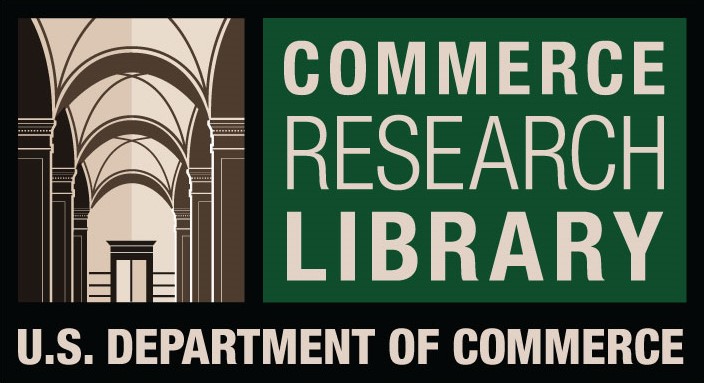Predictive method for the detection of hepatitis with various machine learning technique
DOI:
https://doi.org/10.61841/179w8495Abstract
History: The classification and estimation of data in medical data mining is not just a matter of
precision, but also the issue of life and death. A false decision can disastrously impact patients
and their families' lives.
The design of the classifications that work on the type of structural parameter selected is a
foundation of traditional classification problems. If a floating classificator, the rules, history,
consequence etc. act as the structural parameters, the distance metric in the classificator KNearest Neighbor (KNN); and the number of hidden layers, weights, and partialities in the
Artificial Neural Network act as the structural parameters. Tuning of these parameters is a hectic
task.
Methods: For each of our datasets we use different classification algorithms including decisiontrees,knn,svm,extra-tree,adaboost,lightgbm and measured the exactness, score and cross of each
classifier validated.
Our method is checked by original-world data sets and present our findings compared to
previous studies' latest results.
Performance: The results of our data set study showed that we performed the Decision trees, KNearest and Support Vector Machines more efficiently than the Neural Network.
Conclusions: The approach can be used for different disease forecasts and diagnoses in
healthcare as an intelligent learning device.
Downloads
References
[1] Balkhy HH, El-Saed A, Sanai FM, Alqahtani M, Alonaizi M, Niazy N, extent and causes of
waste to follow-up among patients having viral hepatitis at a
tertiary care hospital of Saudi Arabia. J Infect Public Health 2016;10(4):379–87.
[2] Lavanchy D. Epidemiology, disease burden, and treatment of the Hepatitis B virus
as well as existing and emerging prevention and control measures J Viral Hepat
2004;11(2):97–107.
[3] Lee WM. Hepatitis B virus infection. New Engl J Med 1996;337(24):1733–45.
[4] Almuneef MA, Memish ZA, Balkhy HH, Qahtani M, Alotaibi B, Hajeer A, et al.
Vaccine 2006;24(27):5599–603.
[5]Konstantinos E. Nikolakakis, Dionysios S. Kalogerias, Anand D. Sarwate, 2021.
[6] Zhe Fei, Yi Li, 2021.
[7] Minjie Wang, Genevera I. Allen, 2021.
[8] Behzad Azmi, Dante Kalise, Karl Kunisch, 2021.
[9] Rahul Parhi, Robert D. Nowak, 2021.
Downloads
Published
Issue
Section
License
Copyright (c) 2024 Author

This work is licensed under a Creative Commons Attribution 4.0 International License.
You are free to:
- Share — copy and redistribute the material in any medium or format for any purpose, even commercially.
- Adapt — remix, transform, and build upon the material for any purpose, even commercially.
- The licensor cannot revoke these freedoms as long as you follow the license terms.
Under the following terms:
- Attribution — You must give appropriate credit , provide a link to the license, and indicate if changes were made . You may do so in any reasonable manner, but not in any way that suggests the licensor endorses you or your use.
- No additional restrictions — You may not apply legal terms or technological measures that legally restrict others from doing anything the license permits.
Notices:
You do not have to comply with the license for elements of the material in the public domain or where your use is permitted by an applicable exception or limitation .
No warranties are given. The license may not give you all of the permissions necessary for your intended use. For example, other rights such as publicity, privacy, or moral rights may limit how you use the material.









